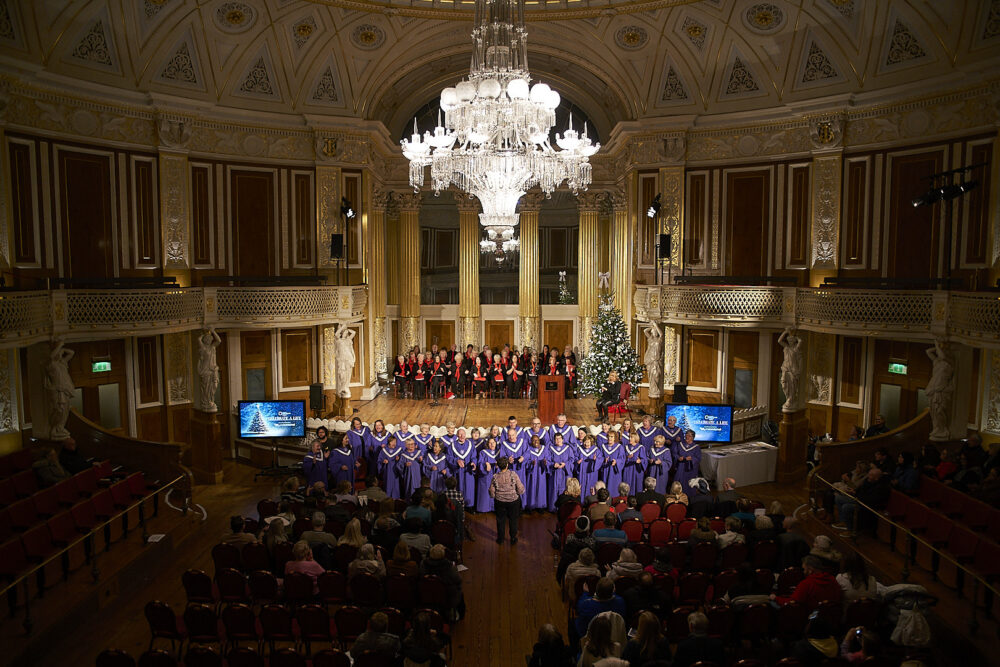
Charity
Mandela8 celebrates 10 years with launch of Mandela Memorial
2 years ago
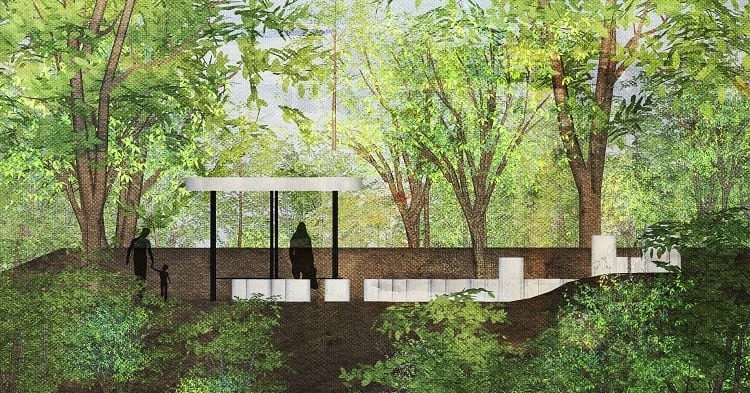
Mandela8 was set up in 2013 with a vision to see a permanent artwork established at a Liverpool 8 heritage site.
The city’s Mandela8 charity is celebrating its first decade with the launch of the Liverpool memorial to the man it’s named after – and the knowledge that its mission to make the world a better place is well under way.
“It’s taken us 10 years to realise the memorial and it will finally be open to the public in November,” says Sonia Bassey, trustee and chair of the Toxteth-based organisation.
“Now we are able to move onto the next stage of our journey which is about education, social justice and human rights. It’s about trying to change mindsets and bring people together in harmony.”
Although she adds: “We haven’t stood still while the memorial was being planned and created. We have introduced initiatives that are successful and that we can be proud of, and which will honour the legacy of Nelson Mandela.”
Mandela8 was set up in 2013 with a vision to see a permanent artwork established at a Liverpool 8 heritage site, one that functions as a unique performance, conversation and contemplation space, and as an ‘outdoor classroom’ to commemorate and pursue the work that Mandela began.
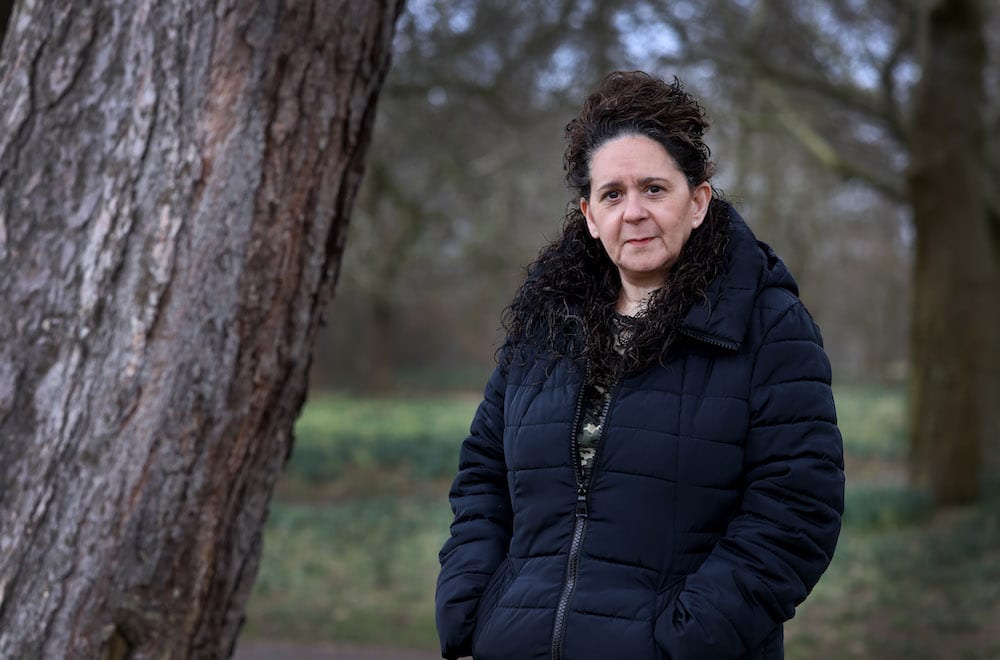
The work which has finally been completed is located on an island in the lake of Grade II listed Princes Park in Toxteth, where Mandela was, and remains, a highly significant role model.
The project has seen links forged and strengthened with the Mandela family, and his dreams of equality continue.
And Mandela8 has already established three successful programmes:
My 67 Minutes
“This goes into schools and organisations across the city region, asking people to do acts of kindness for others in the name of Nelson Mandela,” says Sonia. “The 67 minutes represent the 67 years he spent fighting for human rights and social justice.”
Roots and Wings
This was created in response to a call for action by parents, says Sonia, in communities where children were being drawn into county lines and violent crime, and who wanted support and solutions.
“Roots and Wings is a 12-week structured programme which we deliver with Taking Shape Association and we use to try to develop solutions for young people, to build their resilience to not get involved or avoid these criminal activities and to keep them in mainstream education.
“We set it up just before lockdown at the beginning of 2020 and, when we went into lockdown, we adapted it into an online programme which gave us the ability to engage parents more effectively and get them involved in the young people’s lives, helping them to do the activities and gain qualifications which was beneficial to everybody involved. The programme is now delivered face to face again.”
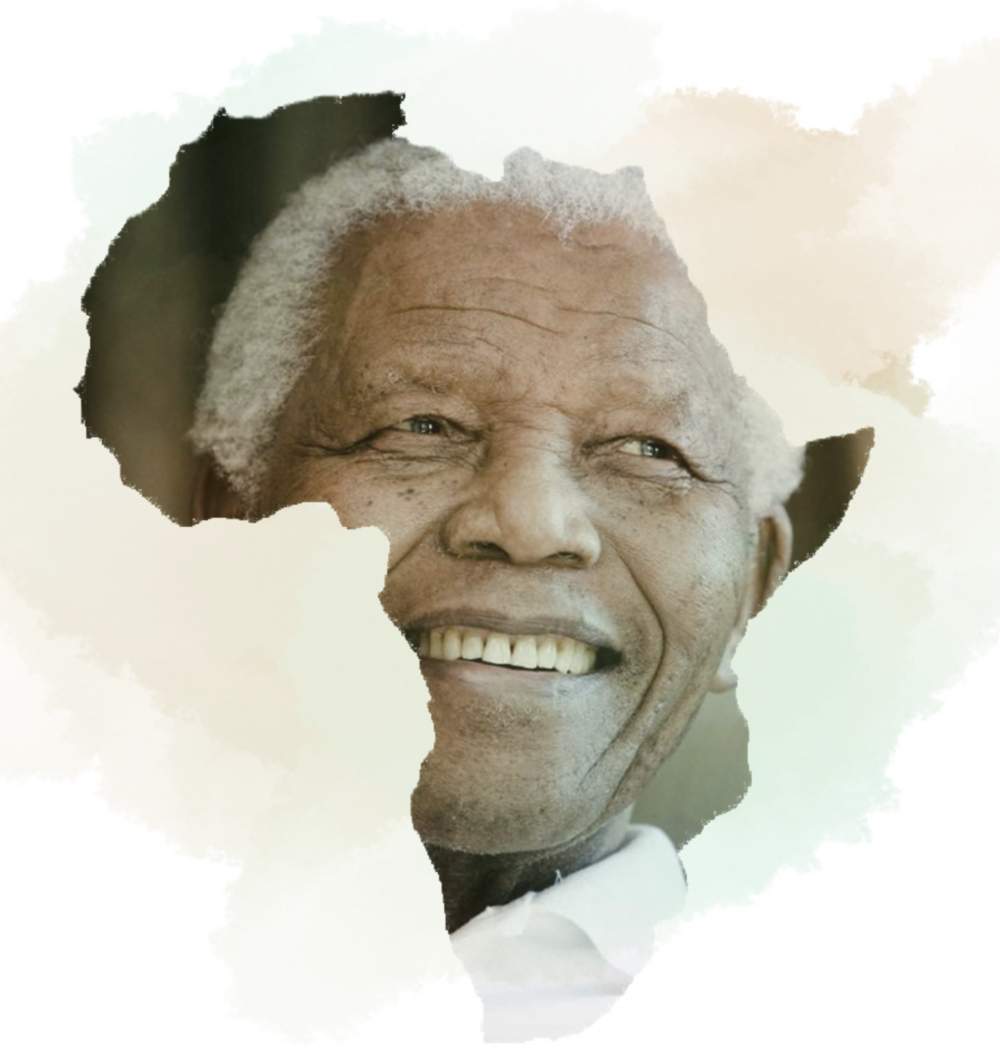
Angela Holligan Book Club
Mandela8 introduces a series of books into schools across the city region to ‘provide a broader representation of black, minority, and ethnicpeople in the school setting so young people from similar backgrounds can see and aspire to be like the people in the books’.
“These are the three main programmes that we do to keep education alive and to create opportunities for people to get to know each other better, to celebrate each other, and to avoid the pitfalls of life.
“We started off 67 minutes in Liverpool when we came back from South Africa where we discovered the programme. It was launched in Hyde Park in London on Nelson Mandela’s 90th birthday in 2008, and we introduced it to Liverpool in 2018.
“We watched it grow over the space of two years up to lockdown, right across the region, and everybody does it every year now. The Book Club grows as and when we have resources to buy books, and we have delivered three Roots and Wings programmes since we started and we’ve now got guaranteed funding for two programmes a year for the next two years,” explains Sonia.
“We would love to see our activities grow and spread across the UK, but we’ve got to get it right in our own town first. We first want to grow our volunteer bases and recruit employed staff so we can develop more educational resources linked to the memorial itself.”
Sonia says it was special for everyone at Mandela8 to be able to be part of a journey that realised the memorial and to see Mandela’s daughter and granddaughter come and officially open it and talk about the importance of building bridges and connecting people, and ‘having that conversation about being better human beings to each other’.
“There are lots of good people in the city who follow in the footsteps of Mandela already, but there are also lots of opportunities to remind people how important those footsteps are, especially in a world where we are being taught to hate and be divided. It’s more important than ever that we continue to reinforce that legacy and show each other how we can be united and do positive things for each other.”
Mandela8 has produced a brochure which it plans to make available to people and organisations around the city which charts its work and progress, and outlines its aims for the future.
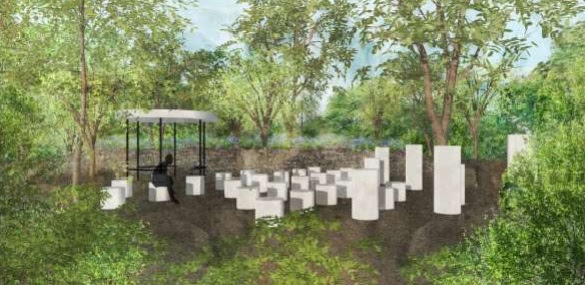
“The memorial is just the beginning,” says Sonia. “Because now the hard work starts.
“It’s about the education now that underpins the message of the memorial. We want to reach out with a major programme that links to all schools and brings people to the memorial, to teach them about the heritage of our community.
“We are really looking forward now to the next 10 years when we start to embed the work that adds to the building blocks of the memorial.
“We are so grateful for all the support we have had from organisations, from the general public, and the press, because without that we couldn’t have done what we have.
“With help, we have been able to create something special for our city. There is nothing like it anywhere in the world, this is a one-off for Liverpool and will attract people who want to see something significant in Mandela’s name.”
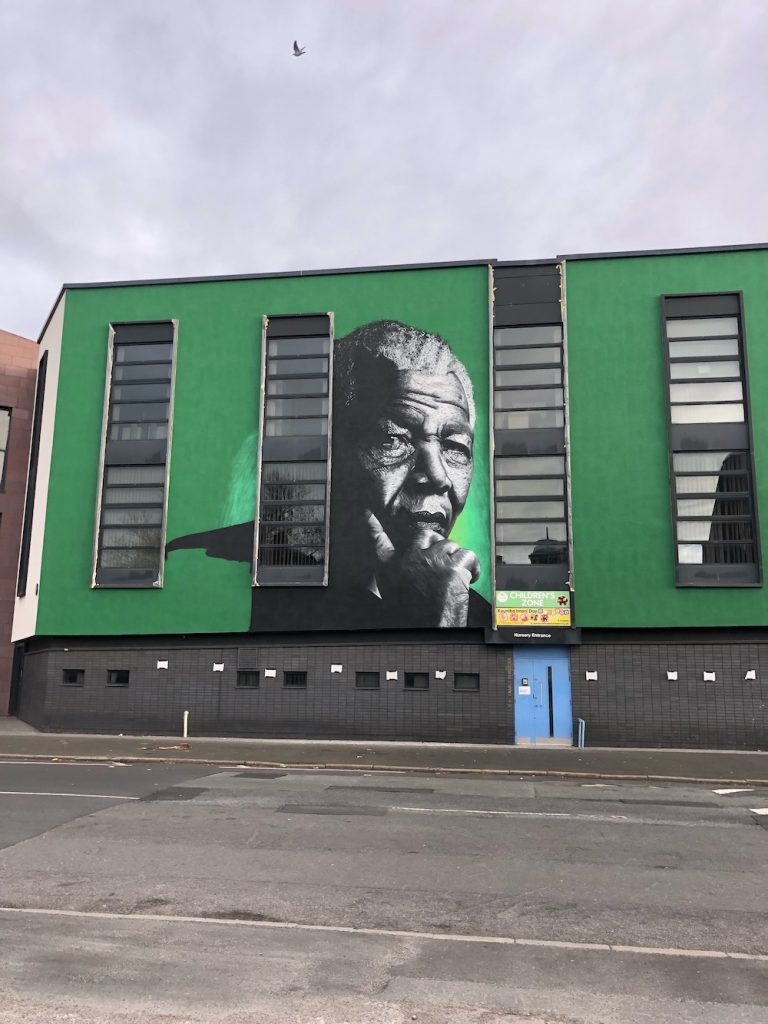
Echoing Mandela’s journey
- The memorial has been installed on an island in Princes Park because Nelson Mandela was incarcerated on Robben Island for 18 years.
- The island was previously connected to the mainland in the park by a bridge and Nelson Mandela’s life works and struggles were all about building bridges, connecting people, and breaking down barriers.
- The memorial is in a garden setting. Nelson Mandela established gardens in Pollsmoor prison – one of the few things he could control; and is made of limestone, the same stone he quarried in prison.
- There are 32 cylindrical pillars for seating to represent the 16 oil drums Mandela cut in half to cultivate 32 planters (planters also used to hide and get his manuscripts out of prison).


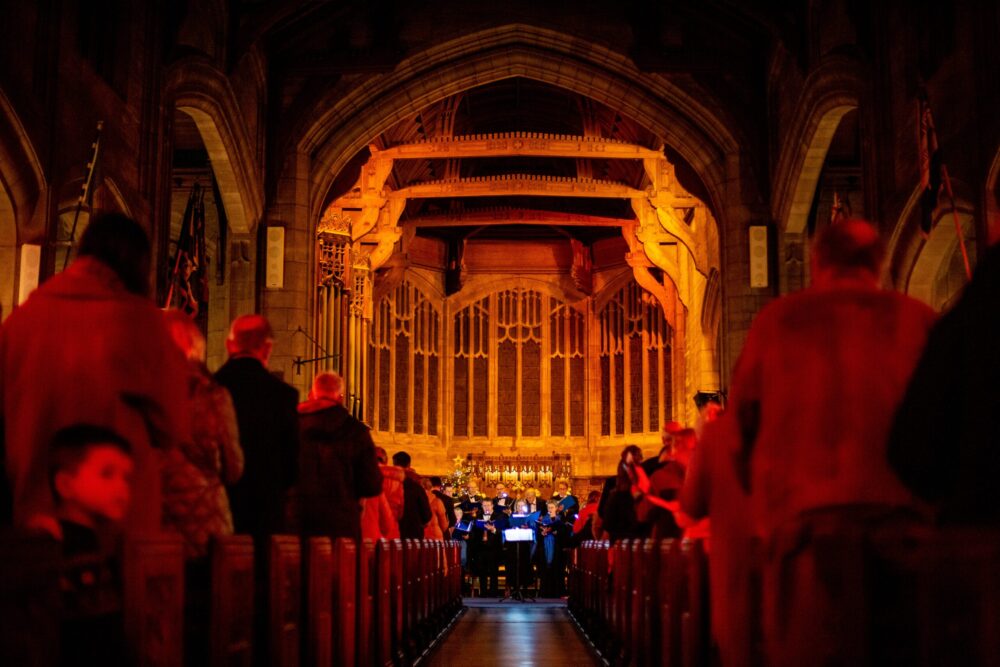
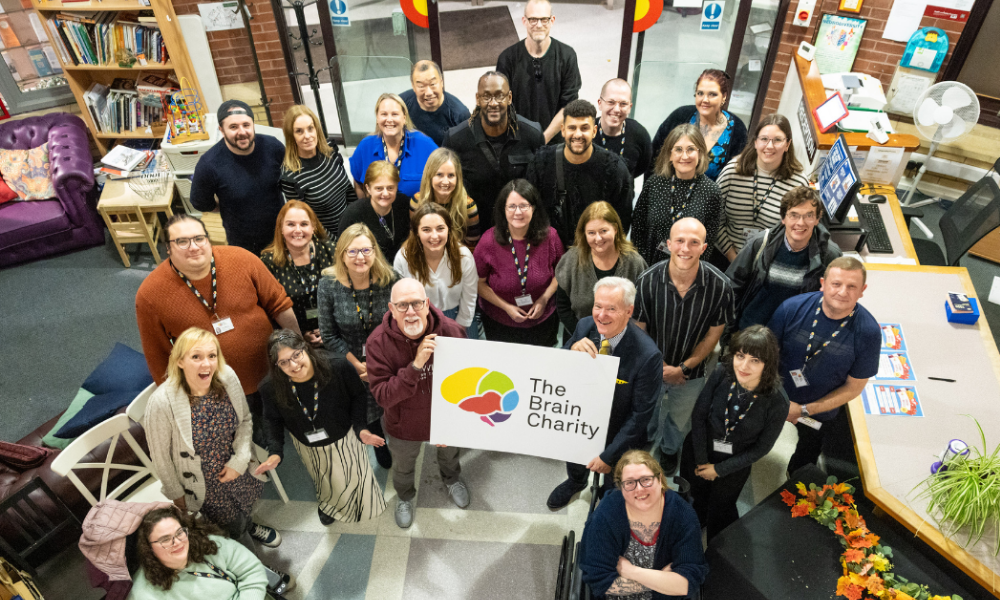



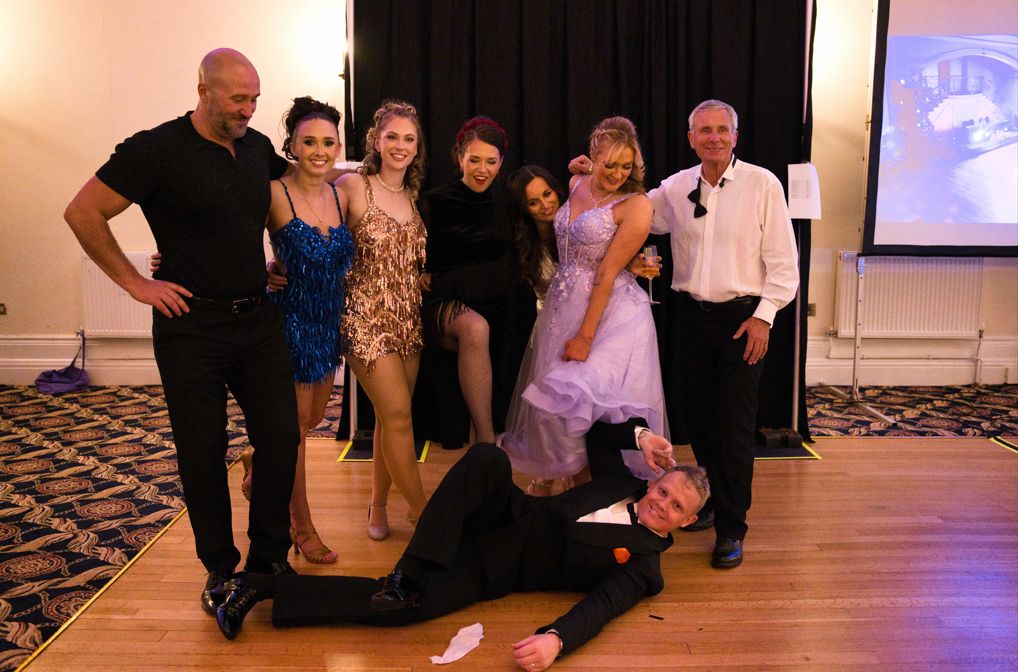
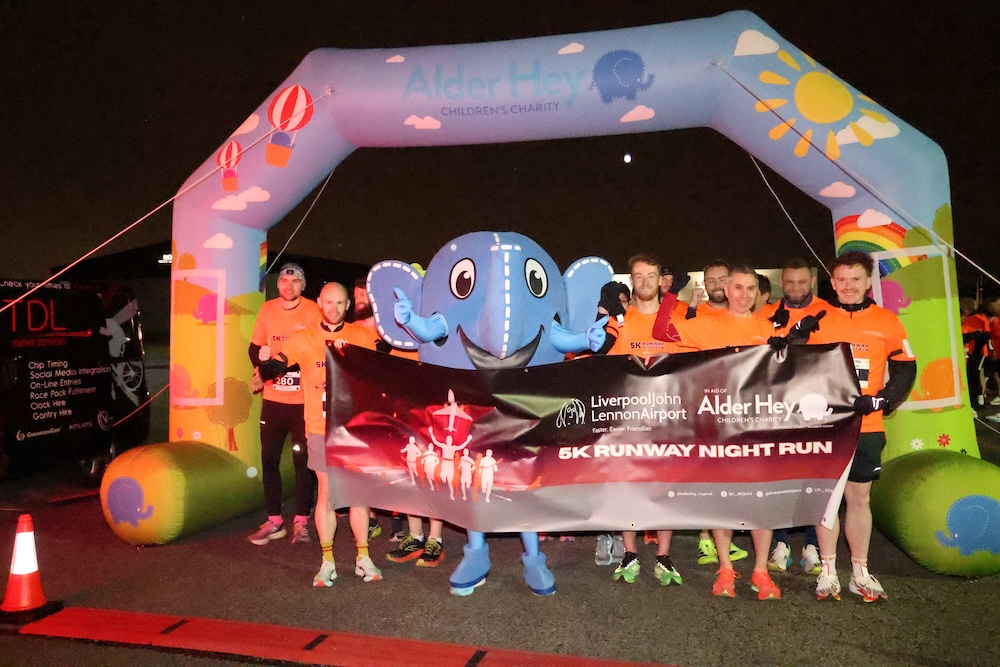
 Subscribe
Subscribe Follow Us
Follow Us Follow Us
Follow Us Follow Us
Follow Us Follow Us
Follow Us Follow Us
Follow Us











